
Zion National Park Photo |
|
Some trees in Zion National Park grow only 10 to 20 feet high, like those that make up the pygmy woodland, best seen on the eroded slopes of the Kayenta formation. The plant community they belong to is called “pygmy” because most of the trees of this woodland are small and squat, such as the Utah juniper and the pinyon pine. Other trees in the park soar tall and straight to over 100 feet, especially in shaded and moist side canyons and high on the plateaus. Trees
Zion National Park Photo Fremont Cottonwood(Populus fremontii) Description: A native cottonwood in North America, the Fremont Cottonwood is a large tree growing 39-115 ft in height. The bloom for this tree is between March and April in which the cluster of flowers are made up of long drooping catkin, about 6 inches long. Leaves are heart-shaped and have coarse crenate teeth on the outer edges. Habitat: In riparian areas near streams or water sources, the Fremont Cottonwoods are typically found along lower elevations. Fun Fact: When Fremont Cottonwoods have access to reliable water, they can grow between 10 – 20 feet per year. These trees can also be helpful for streambank protection, able to withstand low levels of flooding. 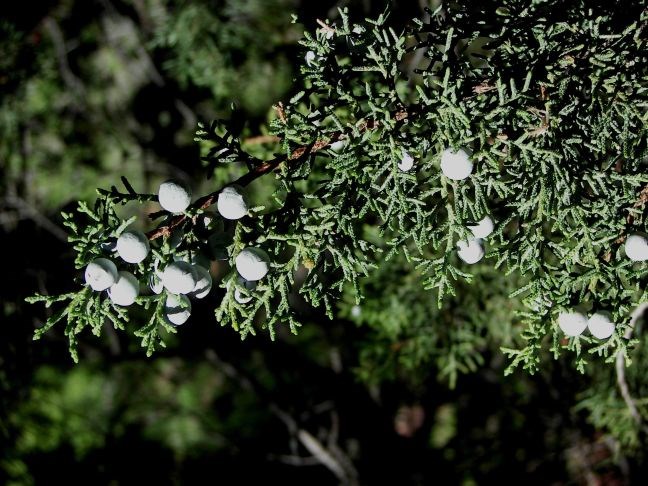
Zion National Park Photo Utah Juniper(Juniperus osteosperma) Description: A small tree used for food and shelter by a variety of animals, the Utah Juniper is widely distributed throughout the West. This aromatic and hearty plant is drought resistant; the extensive root system can burrow down to 25 feet with its taproot, and as wide as 100 feet with its lateral roots. The tree can be recognized by the light brown or grey fibrous bark strips that can hang from the tree as well as the small blue, waxy berry-like fruit which are miniature pinecones covered in a drought-resistant outer layer. Habitat: Found in the moderate elevations of 4,000 – 8,000 feet, the Utah Juniper grows well around rocky, dry hillsides in alkaline soils. Fun Facts: Through short in height, these trees can grow hundreds of years old and even up to a millennia. Junipers can be besieged by insect galls, a growth from the tree caused by insect and mites, in turn causing pale brown to violet colored small (1-2 cm) clusters to form. 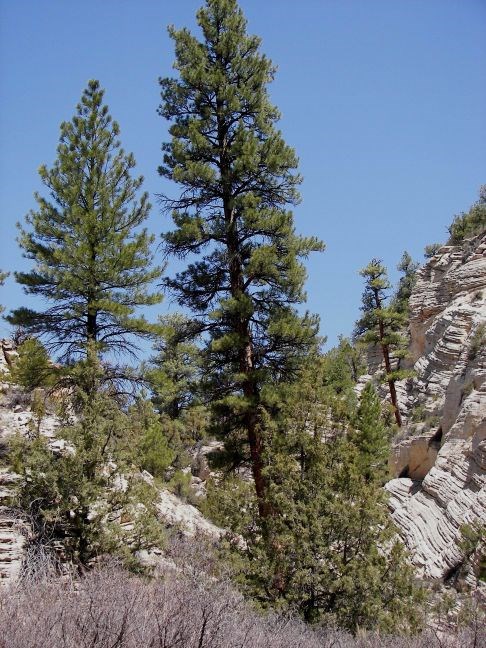
Zion National Park Photo Ponderosa Pine(Pinus ponderosa) Description: A towering coniferous pine, the Ponderosa Pine is a fast-growing timber tree sometimes adding twelve inches per year until it reaches full maturity. This tree can be recognized by bright green needles as well as thick trunk, colored with orange to red scaled bark arranged in extensive plates. This tree can recognize by its smell, some describing it as a vanilla scent and others as a turpentine smell. Habitat: Found in western North American, the range for the Ponderosa Pine extends from Canada to central America, from California to Nebraska. This tree typically favors moist mountainous areas, ranging from 3,000 – 9,000 ft. Fun Fact: The Ponderosa Pine tree emerged into North American after the last ice age. This tree requires fire to survive in which a low intensity fire thins out the forest floor and allows the sun-loving seedlings to grow. Shrubs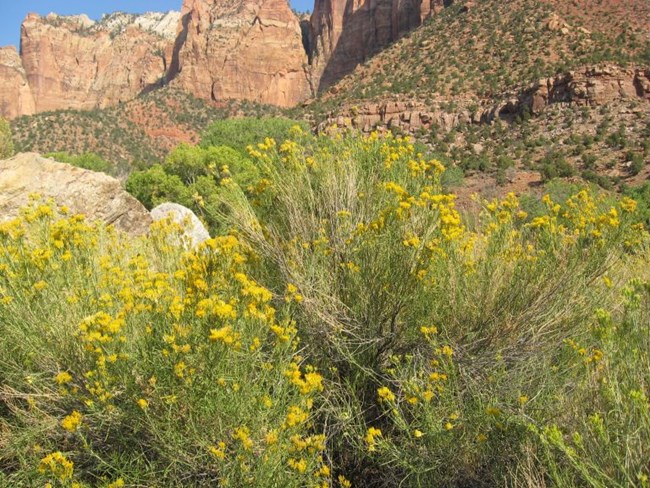
Zion National Park Photo Rabbitbrush(Ericameria nauseosus) Description: shrub begins to bloom in late summer; its masses of tiny, golden, tubular flowers add their bright color to Zion’s landscape into the fall. It is a source of nectar and pollen for many bees, wasps, and butterflies, at a time when such food is otherwise scarce. 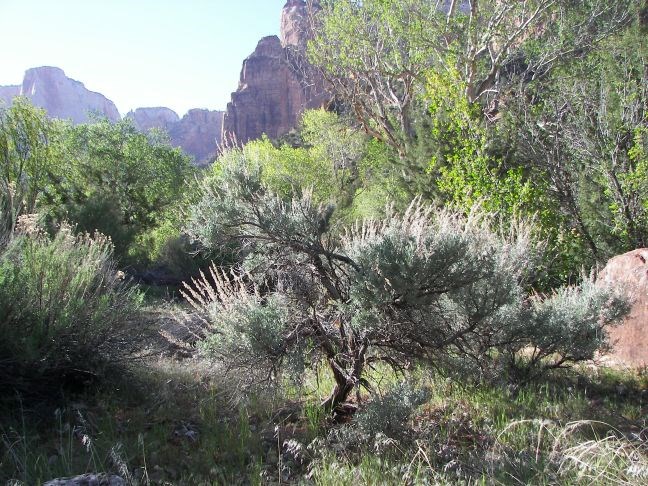
Zion National Park Photo Basin Big Sagebrush(Artemesia tridentata) Description: Silvery, hairy, grey-green leaves have three teeth at end; often covered in purple insect galls. its leaves also exude a pleasing fragrance when they are rubbed. 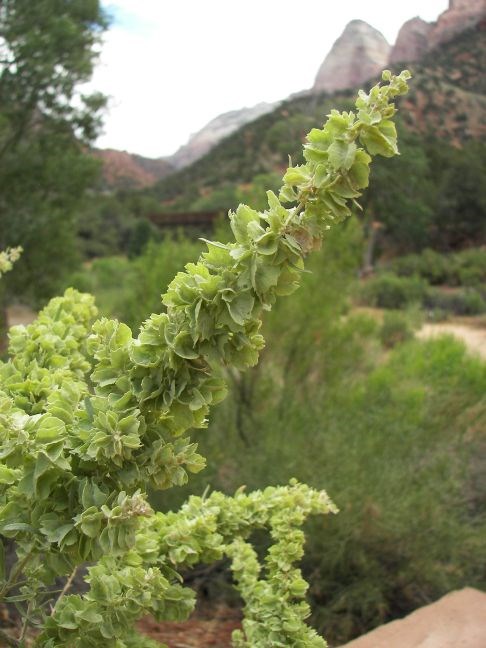
Zion National Park Photo Fourwing Saltbush(Atriplex canescens) |
Last updated: September 28, 2021
